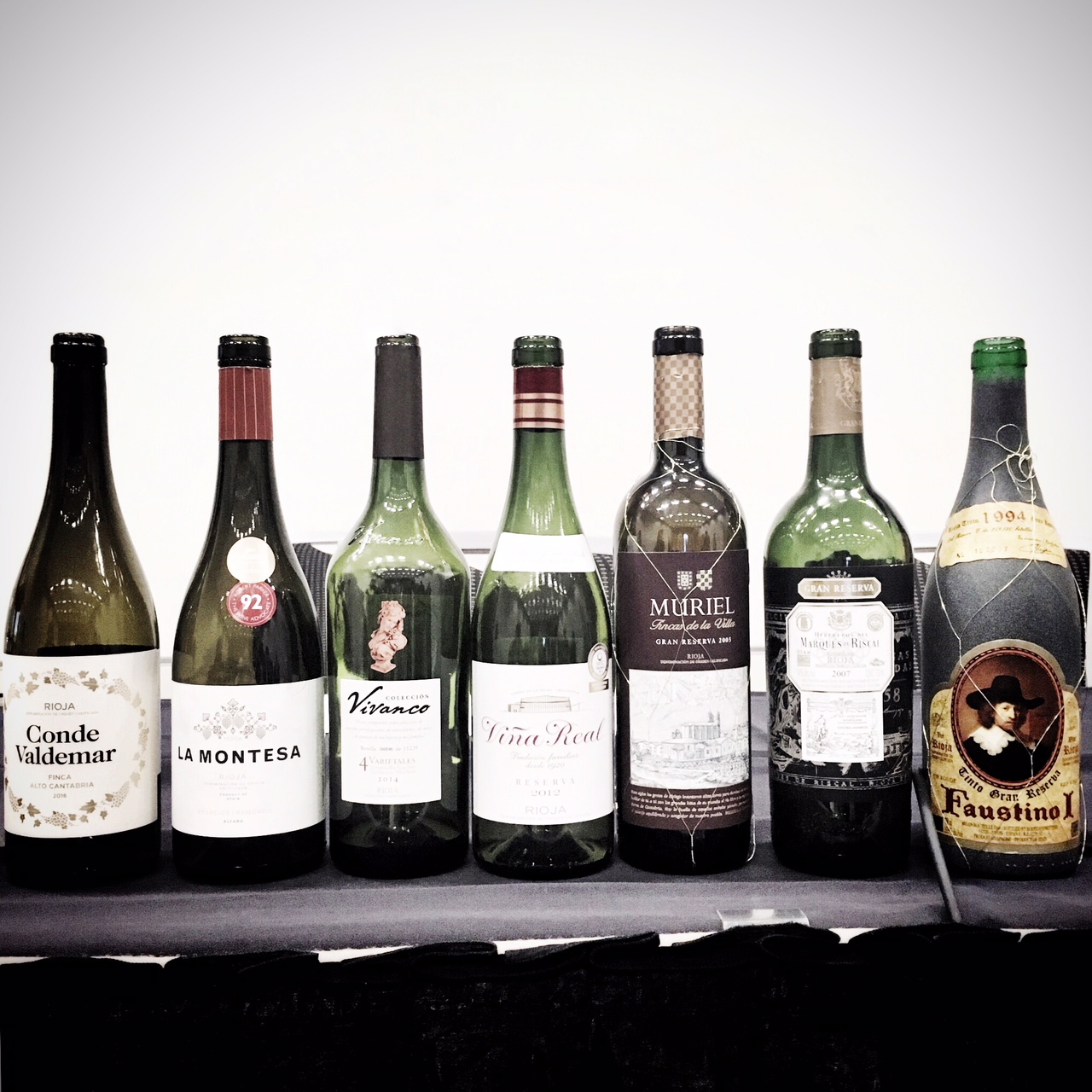Wines from Spain were under the spotlight early last month as a co-theme region at the Vancouver International Wine Festival. It was a chance to showcase old vintages, new labels, and a combination of the two. Many growers and winemakers are forging new paths while revitalizing old traditions. They’re creating something fresh and different. Enter the Rioja Wine Renaissance trade seminar.
Rare News in Rioja
In so many facets of our lives, we’re constantly looking for new, original and modern ideas. But guys, that’s not the case in so many areas of the wine industry. Many regions, including Rioja, are steeped in tradition and are forced to abide by region-specific laws. So what are they doing to be ‘on-trend’? They’re taking something old and making it new again.
Tempranillo is the #1 growing grape in Rioja, which occupies around 75% of the vineyards. That’s not going to change. However, growers and producers are turning to other indigenous grapes that are shining to help evolve the region’s style. They’re not looking for a new wave but to revisit and revitalize grapes like Mazuelo, Graciano and Garnacha. Rioja has the advantage of tradition and experience in its back pocket. With strict designation laws and generations of experience, they’ve cultivated a distinct style and know what works. However, they have a vision and an adventurous sense of discovery to take Rioja to new heights without forgetting how they got to where they are today.

Spanish Bubble, But It’s Not Cava
The second piece of takeaway info from the seminar is pretty exciting. Growers and producers in Rioja have been working tirelessly for years, battling red tape and legal entities, to create their own style of bubbly. So now you’re going to say, ‘But doesn’t Spain already have Cava?’ And you’re right, they do. However, most Cava comes from the Penedès region in Catalonia (northeastern Spain). While the producers in Rioja are legally allowed to make Cava (using grapes such as Macabeu, Parellada and Xarel·lo), they want to use their own native grapes and have it certified under the Rioja D.O. (Designation of Origin).
The first authorized vintage for D.O. Rioja Sparkling Wine is 2017, which is still in the cellars. It’ll be a handful of years before it’s released in Spain and a few more before it makes its way to Canada for purchase. I don’t want to under or over-sell this – but it’s pretty exciting!
So, is Rioja actually in a Renaissance?
By description, renaissance means rebirth or reawakening. It means taking old techniques and traditions and using them in fresh ways to find a new audience. So yes, it’s pretty safe to say we’re witnessing some exciting changes and vast opportunities on the horizon with Rioja.
The next time you pick up a bottle of wine, wander through the Spanish section, take note of what you see, and drink with special care and attention. You’ll notice in the years to come how Rioja wine will evolve and how it fits among the best on the world’s wine stage.


